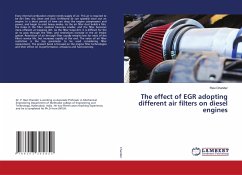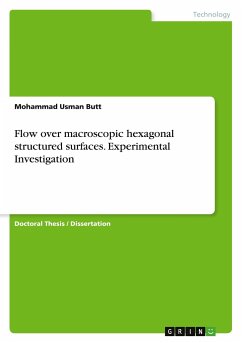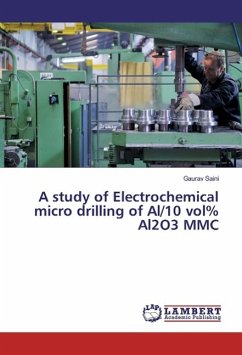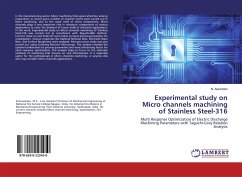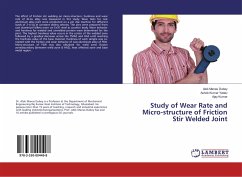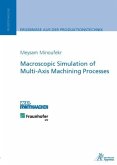Coalescing filters can remove condensation aerosols and are used for major industrial and automotive applications. Coalescing filters capture and coalesce liquid droplets which then drain the liquid out of the filter under the effect of gravity. A good coalescing filter should have a low saturation/liquid hold up in order to have low operating pressure and longer filter life. Liquid saturation directly influences the porosity of the filter which in turn dictates the resistance to airflow through the filter. The efficiency of the filter is highly dependent on the filter media and the filter design however the orientation of the fibers in the media and the orientation of media layers in a filter design can have a huge impact on the coalescing of liquid in a filter. This book describes a microscopic and macroscopic study on coalescing media and how different fiber and media layer orientation can impact the coalescence of liquid aerosol.

